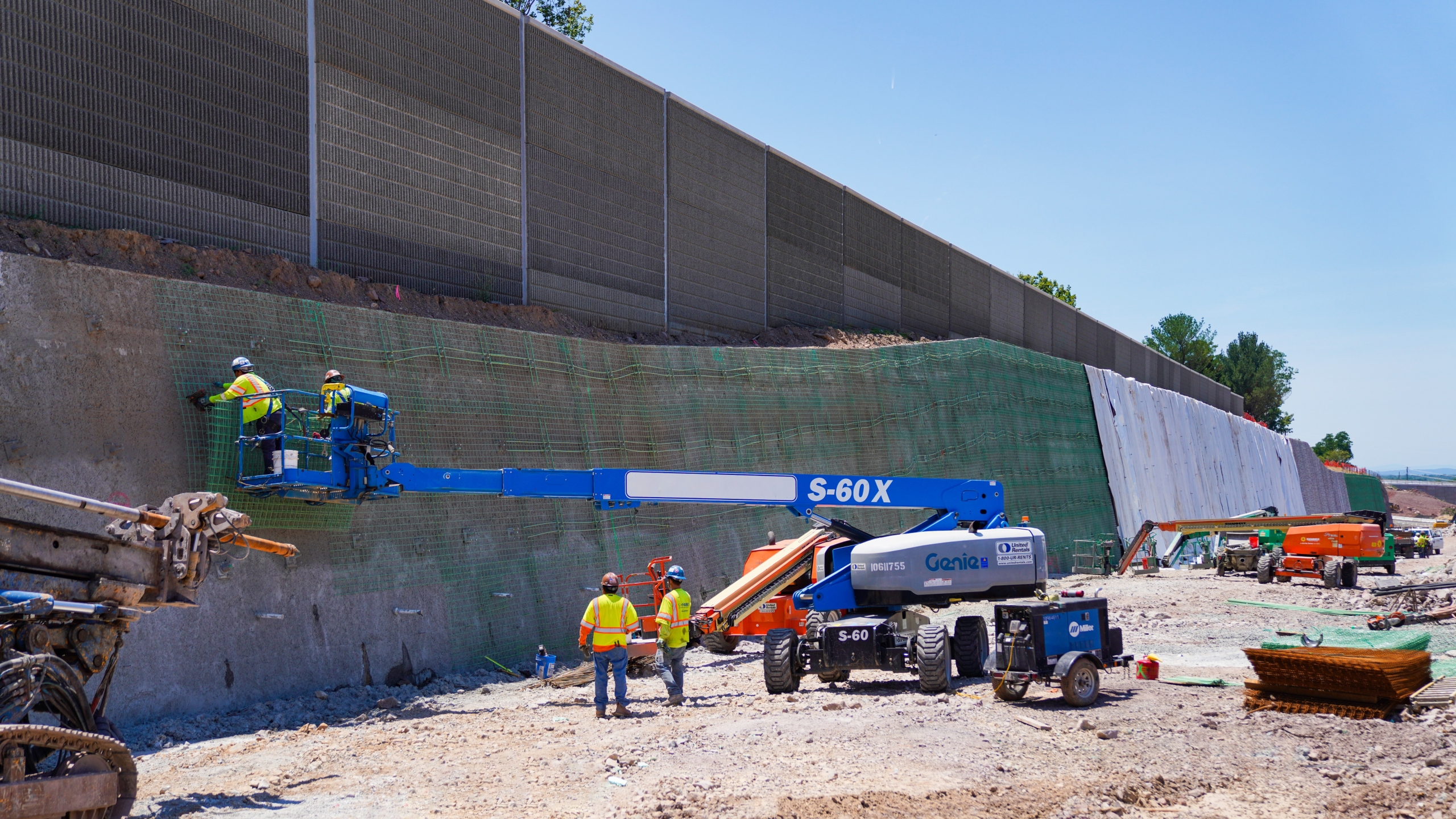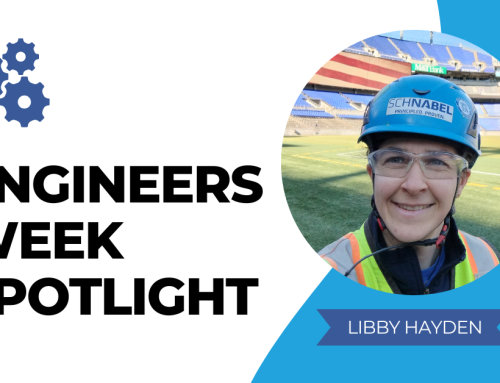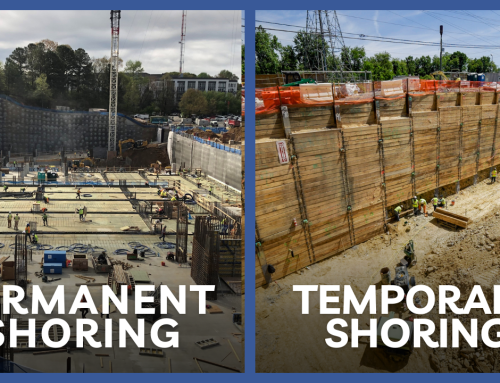Permanent retaining walls play a crucial role in construction as they support the ground and create leveled spaces in areas that previously could not be developed. They are not only functional but can also contribute to the aesthetics of a property. In this article, we will explore the basic rules of permanent retaining wall design to ensure safety, stability, and longevity.
Introduction to Permanent Retaining Walls
Retaining walls are important structures that serve both practical and aesthetic purposes in the field of site development. Retaining walls can be designed to hold back soil and water, prevent erosion, protect structures and roads behind the wall, and ensure the stability of landscapes. In this article, we’ll explore the basic rules of wall design in cut situations and cover key aspects you should consider when planning for the construction of one.
Materials for Permanent Retaining Walls
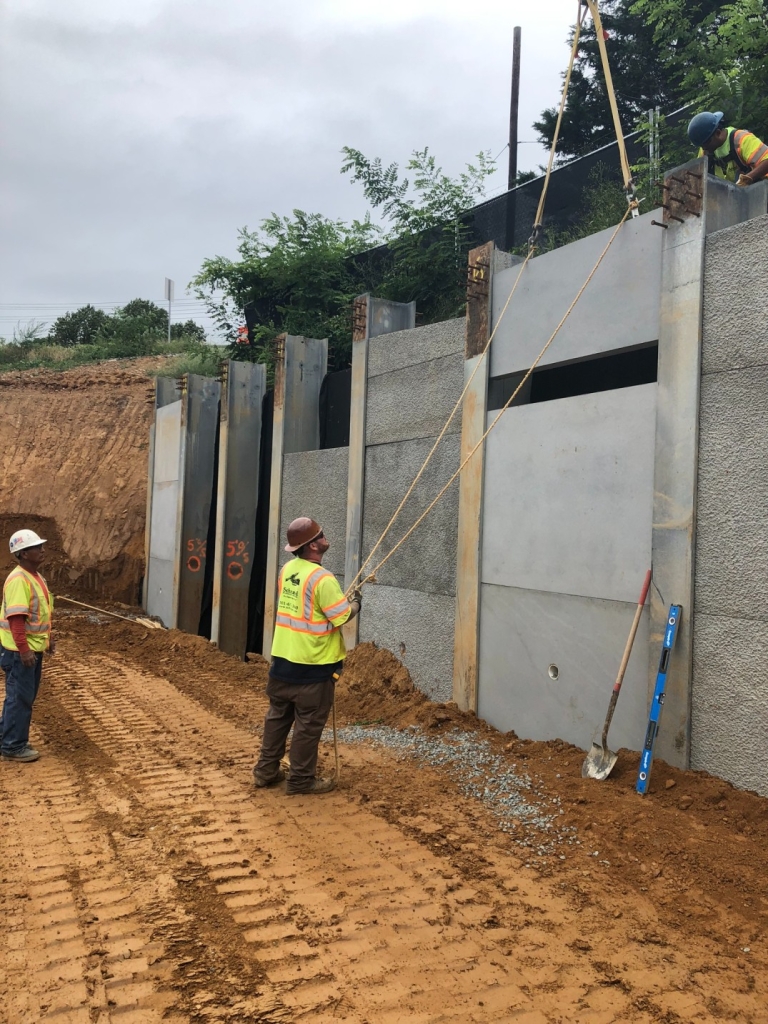
The choice of materials used in retaining wall design will vary depending on the application for which the wall is used. Common materials used during the construction of retaining walls include concrete, shotcrete, wood, and steel. The wall facing should complement the surroundings and meet structural requirements. Shotcrete can be sculpted and stained and form liners can be used for cast-in-place concrete to provide a wide array of finishes.
Materials for Permanent Retaining Walls
The choice of materials used in retaining wall design will vary depending on the application for which the wall is used. Common materials used during the construction of retaining walls include concrete, shotcrete, wood, and steel. The wall facing should complement the surroundings and meet structural requirements. Shotcrete can be sculpted and stained and form liners can be used for cast-in-place concrete to provide a wide array of finishes.
Types of Permanent Retaining Walls
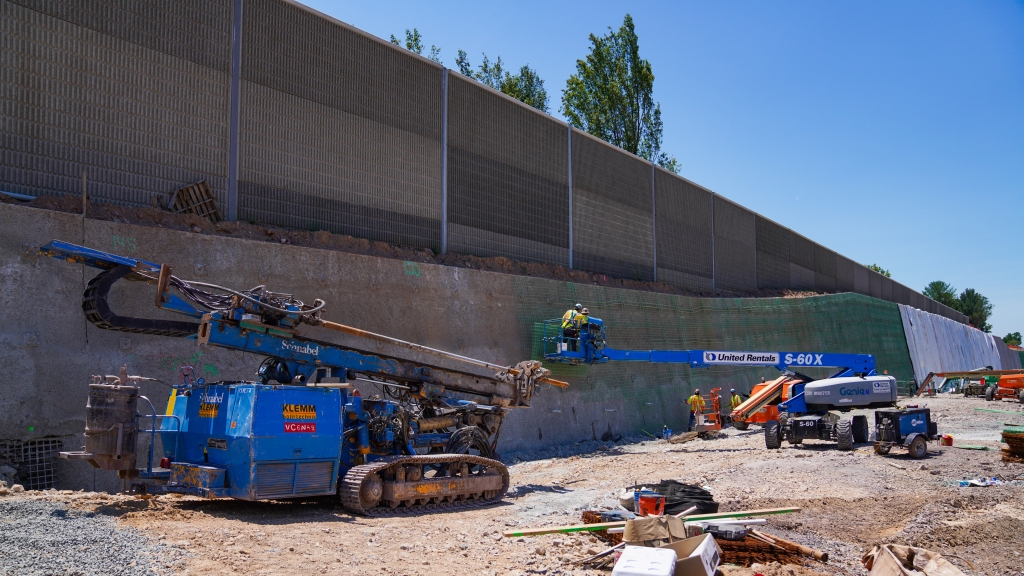
- Cantilever Soldier Pile Retaining Walls: Cantilevered soldier pile retaining walls use soldier piles as their primary source of support and stability. The soldier piles are typically made of steel or cast-in-place concrete reinforced with steel beams or a steel reinforcing cage. The piles may be either driven or drilled in. The piles must be installed to a sufficient depth so that the passive resistance in front of the wall can resist the active pressure behind the wall. Timber lagging, shotcrete, or cast-in-place concrete is used to support the ground between the piles.
- Permanent Tieback Retaining Walls: Permanent tieback retaining walls, also known as anchored retaining walls, are similar to cantilever walls except they use tieback anchors to provide lateral support to the wall. The tiebacks extend deep into the soil behind the wall. These anchors serve as tension members, working in tandem with the wall structure to resist the lateral pressure exerted by the retained soil. This dynamic combination of wall and anchor creates a robust and reliable solution for retaining challenging terrains and heights. Tieback retaining walls may be used where other types of retaining walls are difficult or impractical to construct.
- Soil Nail Retaining Walls: Soil nail retaining walls use a combination of steel or fiberglass rods (nails) and grout to reinforce and stabilize the soil in-situ, creating a reinforced block of soil. The nails are installed as the ground is excavated at a slight downward angle into the soil and are secured in place by grouting. The area between the nails is typically retained using shotcrete and wire mesh.
Factors to Consider in Permanent Retaining Wall Design
- Soil Characteristics: The existing ground conditions will usually play an important role in determining which type of retaining wall is best for a given site. Therefore, a comprehensive geotechnical study should be performed prior to designing the wall to provide a better understanding of the soil characteristics such as cohesion, friction angle, permeability, drainage and load-bearing capacity.
- Corrosion: Typically, temporary retaining walls are only required to support the ground for less than a year or two while permanent retaining walls may have to provide support for 50 years or more. For this reason, the critical elements in the permanent wall must be designed to resist corrosion. Steel soldier piles are typically protected from corrosion by galvanizing them, coating them with epoxy, or designing them assuming a portion of the steel will be lost to corrosion. Tiebacks and soil nails are protected from corrosion by encapsulating them in plastic or coating them with epoxy.
- Wall Height: Wall height is a fundamental factor in retaining wall design. It also affects the type of wall used. Cantilevered soldier pile walls are typically not used for wall heights over 15 feet. Other factors that must be considered in the design are the slope behind the wall and the presence of any structures, roadways, and railways that may increase the pressures that the wall has to be designed for.
- Drainage: A well-designed drainage system is important in retaining wall design to prevent water buildup behind the wall, which can lead to complications such as instability, erosion, hydrostatic pressure, and soil expansion and contraction
- Aesthetics: Aesthetics in retaining wall design extend far beyond visual appeal. They have several critical roles in creating visually pleasing and effective walls such as integration with surroundings, visual impact, and curb appeal.
Benefits of a Well-Designed Permanent Retaining Wall
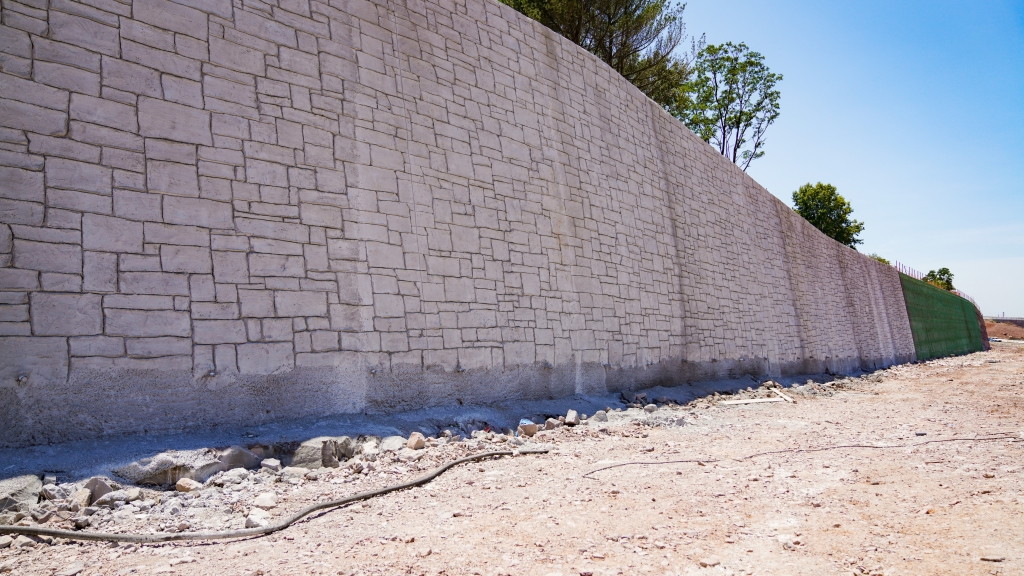
A well-designed permanent retaining wall is more than just a structural element; it brings many benefits to various construction projects such as:
- Stability and Soil Retention: A primary function of retaining walls is to hold back soil, preventing erosion and landslides. A well-designed permanent retaining wall provides essential stability, ensuring that the retained soil stays in place even on sloped terrains.
- Long-Term Durability: A well-designed permanent retaining wall is engineered for durability. Utilizing suitable materials and proper construction techniques contributes to the wall’s longevity, requiring minimal maintenance over time.
- Structural Support: Retaining walls offer crucial structural support, especially in areas with elevation changes. They can support buildings, roadways, or other structures, ensuring stability and preventing soil movement that could compromise the integrity of these structures.
- Preventing Water Damage: Retaining walls are effective in managing water runoff. They can redirect water away from structures, preventing water damage and erosion. Proper drainage systems incorporated into the design further enhance their ability to control water flow.
- Cost-Effective Solutions: Retaining walls can eliminate the need for extensive excavation or grading. By stabilizing slopes, they allow for construction on uneven terrain, potentially reducing overall project costs.
- Increased Value: The combination of functionality and aesthetics that a well-designed permanent retaining wall brings can significantly increase the value of the surrounding location.
Permanent Retaining Wall Case Studies
- I-66 Soil Nail Walls: Schnabel installed two Virginia Department of Transportation permanent soil nail walls with an architectural shotcrete finish & sound wall panels for a highway widening project to provide new travel choices across a 23-mile stretch of the I-66 highway. Click here to learn more.
- U.S. 321: The Tennessee Department of Transportation was working on a project to ease travel into the city of Gatlinburg. The project involved the widening of existing traffic lanes, which required the construction of various types of retaining walls. Click here to learn more.
- Summitt Senior Care Facility: Construction of a new Senior Care Facility in San Ramon, California required that a level pad be constructed on the side of an unstable hill. Schnabel designed and installed a permanent anchored soldier pile wall that resisted both conventional earth pressures and the pressure exerted by two existing landslides that had restricted the development of the area for many years. Click here to learn more.
Permanent Retaining Wall Solutions from Schnabel
As a premier design-build contractor specializing in permanent retaining walls, Schnabel stands out for its ability to offer a range of solutions tailored to specific project requirements and challenging landscapes. Permanent retaining walls serve as practical and cost-effective measures to prevent disruptions to roads, structural slopes, and other features. Constructed with durable materials, these walls are engineered for a long-lasting impact, providing not only structural stability but also enhancing the visual appeal of the surrounding environment.
